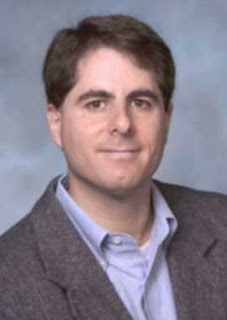ITHACA, N.Y. – Moore's law marches on: In the quest for faster and cheaper computers, scientists have imaged pore structures in insulation material at sub-nanometer scale for the first time. Understanding these structures could substantially enhance computer performance and power usage of integrated circuits, say Semiconductor Research Corporation (SRC) and Cornell University scientists.
To help maintain the ever-increasing power and performance benefits of semiconductors – like the speed and memory trend described in Moore's law – the industry has introduced very porous, low-dielectric constant materials to replace silicon dioxide as the insulator between nano-scaled copper wires. This has sped up the electrical signals sent along these copper wires inside a computer chip, and at the same time reduced power consumption.
"Knowing how many of the molecule-sized voids in the carefully-engineered Swiss cheese survive in an actual device will greatly affect future designs of integrated circuits,"
Welcome to the atomic world: SRC and Cornell researchers were able to devise a method to obtain 3-D images of the pores using electron tomography, leverages imaging advances used for CT scans and MRIs in the medical field, says Scott List, director of interconnect and packaging sciences at SRC, at Research Triangle Park, N.C. "Sophisticated software extracts 3-D images from a series of 2-D images taken at multiple angles. A 2-D picture is worth a thousand words, but a 3-D image at near atomic resolution gives the semiconductor industry new insights into scaling low-k materials for several additional technology nodes." ###
A paper describing the technique, "Three-dimensional imaging of pore structures inside low-κ dielectrics," was published last week in Applied Physics Letters (June 2, 2010.) The authors were: Huolin Xin, graduate student in physics; Peter Ercius, a doctoral graduate in applied and engineering physics who is now a post-doctoral researcher at Lawrence Berkeley National Laboratory; Kevin Hughes, Cornell graduate student in chemical engineering; and James Engstrom, Cornell professor of chemical engineering and David Muller. Semiconductor Research Corporation funded the research.
Contact: Blaine Friedlander bpf2@cornell.edu 607-254-8093 Cornell University















No comments:
Post a Comment